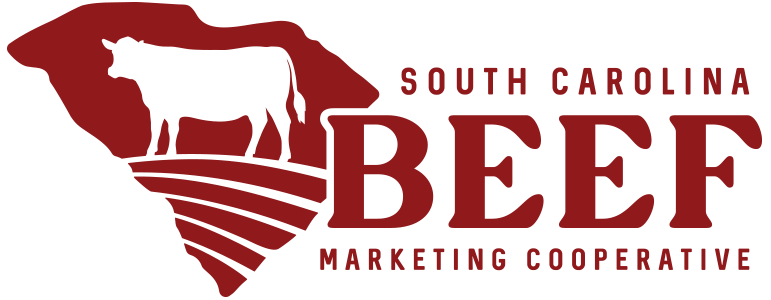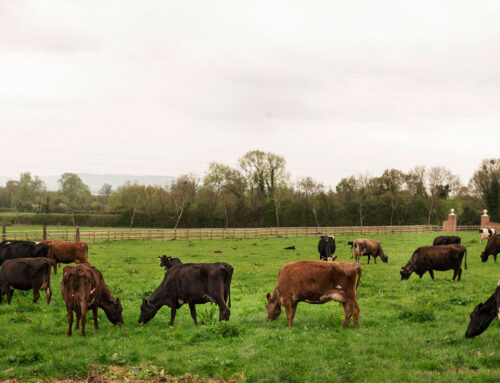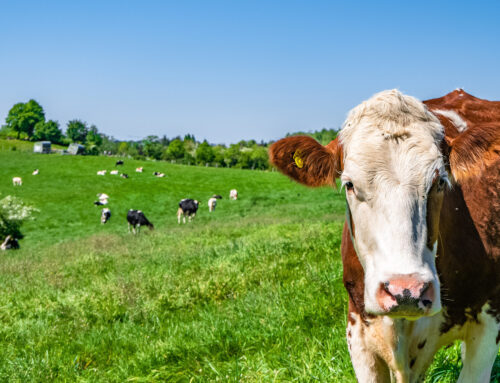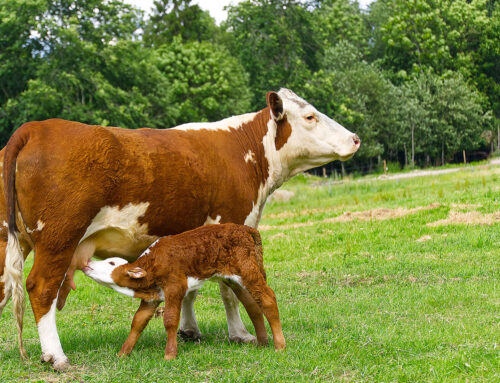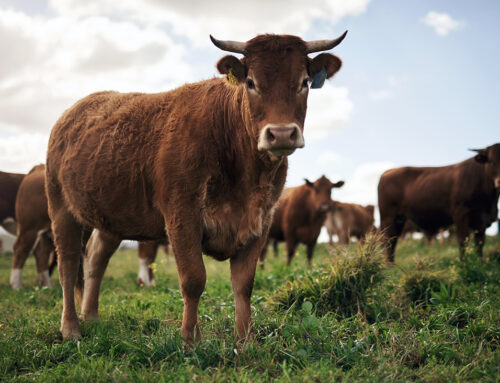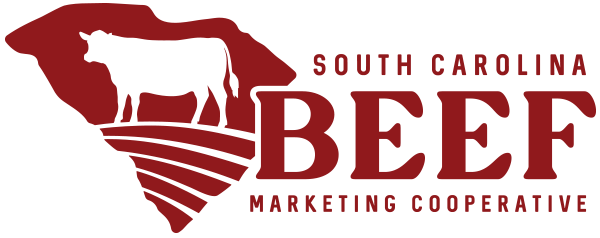South Carolina breeds of cattle delivers robust Angus, Brahman, Hereford, & Holstein
South Carolina is home to a variety of cattle breeds, each with their own unique characteristics farmers of The Palmetto State have come to understand succinctly in pursuit of creating the finest American livestock the fertile lands can offer.
Some of the most popular breeds of cattle in South Carolina include Angus, Brahman, Hereford, and Holstein.
Angus cattle are known for their black or red color, their docility, and their high-quality beef. Farmers of the region say they are a popular breed for both beef and dairy production.
Brahman cattle, cattlemen say, are known for heat tolerance, resistance to disease — and their ability to thrive in tough conditions. They are often used in crossbreeding programs to improve the hardiness of other breeds. Hereford cattle are known for their red and white color, their hardiness, and their ability to produce a lot of milk. They are a popular breed for beef production.
Holstein cattle on the other hand are known for their black-and-white color, high milk production, and gentle temperament. They are the most popular breed of dairy cattle in the world. Holstein cows produce an average of 7,700 pounds of milk per year, which is more than any other breed of cow.
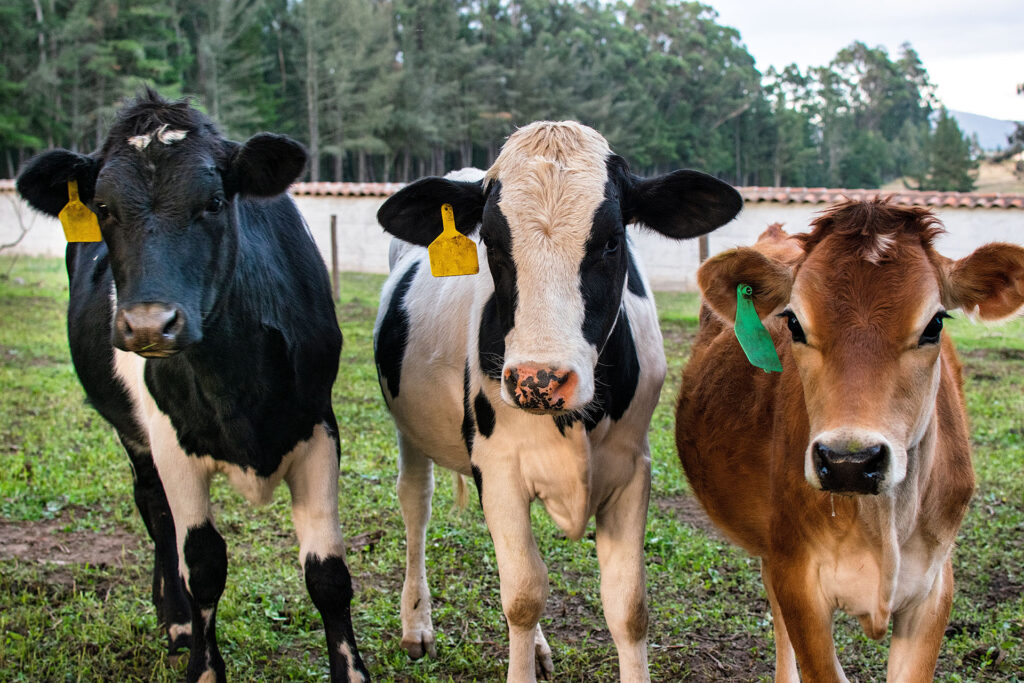
South Carolina offers a diverse lineup of breeds of cattle
In addition to the above popular breeds, there are a number of other breeds of cattle that are raised in South Carolina. These include Charolais, Corriente, Galloway, Jersey, and Simmental. Each of these breeds has its own unique characteristics that make it well-suited for certain climates and production systems, farmers there say.
Charolais cattle are a large, white breed that is known for its high-quality beef. They are a popular breed for crossbreeding with other breeds of cattle to improve the growth rate and carcass quality of the offspring. Corriente cattle are a small, hardy breed that is native to Mexico. They are well-adapted to hot, dry climates and are often used in crossbreeding programs to improve the hardiness of other breeds. Galloway cattle are a small, black breed that is native to Scotland. They are well-adapted to cold climates and are often used in crossbreeding programs to improve the hardiness of other breeds. Jersey cattle are a small, brown breed that is known for its high milk production. They are a popular breed for dairy production. Simmental cattle are a large, red and white breed that is known for its high-quality beef. They are a popular breed for crossbreeding with other breeds to improve the growth rate and carcass quality of the offspring.
The diversity of cattle breeds in South Carolina allows farmers to choose the breed that is best suited for their particular needs. This diversity also helps to ensure that the state’s cattle industry is sustainable and resilient.
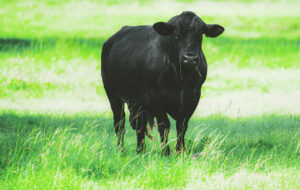
A brief dive into cattle breeding in South Carolina
Cattle breeding is the process of selecting and mating cattle to produce offspring with desired traits. There are a number of different types of cattle breeding, including purebred breeding, crossbreeding, and backcrossing.
Purebred breeding is the process of mating two cattle of the same breed. This type of breeding is often used to produce cattle with specific traits, such as high milk production or beef quality. Purebred cattle are often registered with a breed association, which maintains records of the cattle’s lineage and performance.
Crossbreeding is the process of mating two different breeds of cattle. This type of breeding is often used to produce cattle that combine the best traits of both breeds. For example, a cross between a beef cattle breed and a dairy cattle breed might produce offspring that are good for both beef and milk production.
Backcrossing is the process of mating a crossbred animal with one of its purebred parents. This type of breeding is often used to fix certain traits in a crossbred animal. For example, if a farmer wants to produce a crossbred animal that has the milk production of a dairy cow and the beef quality of a beef cow, they might backcross a crossbred cow with a purebred dairy cow.
Cattle breeding is a complex and important process that can have a significant impact on the quality of cattle and the success of cattle operations. By understanding the different types of cattle breeding and the goals of each type, cattle producers can make informed decisions about how to breed their cattle.
In addition to the three main types of cattle breeding, there are a number of other specialized breeding techniques that are used to produce cattle with specific traits. These techniques include embryo transfer, artificial insemination, and cloning.
Embryo transfer is a technique in which embryos are removed from a donor cow and transferred to the uterus of a recipient cow. This technique is often used to produce multiple copies of a high-quality animal.
Artificial insemination is a technique in which semen is collected from a bull and artificially inseminated into a cow. This technique is often used to breed cattle that are not able to mate naturally.
Cloning is a technique in which an animal is created from a single cell of another animal. This technique is still in its early stages of development, but it has the potential to be used to produce cattle with specific traits.
Cattle breeding is a constantly evolving field, and new techniques are being developed all the time. By understanding the basics of cattle breeding, cattle producers can make informed decisions about how to breed their cattle to produce the best possible animals.
